Valve’s title is a monumental milestone in the world of FPS and action games. Playing today the slightly restored official version, made available for free by the software house on its 25th anniversary, I realize how incredibly enjoyable it still is today, without needing many tweaks or compromises. Needless to say, the experience is great on the Steam Deck and verified by Valve, thanks to the official control set and the lower resolution and VRR screen. And it is quite inconceivable that official expansions, available on Steam, did not receive the same treatment, having to settle for a meager yellow sticker and unofficial control sets. The experience is mesmerizing, even if not exactly practical, on a vintage PC equipped with a cathode ray tube monitor, for which the graphic engine was originally designed.
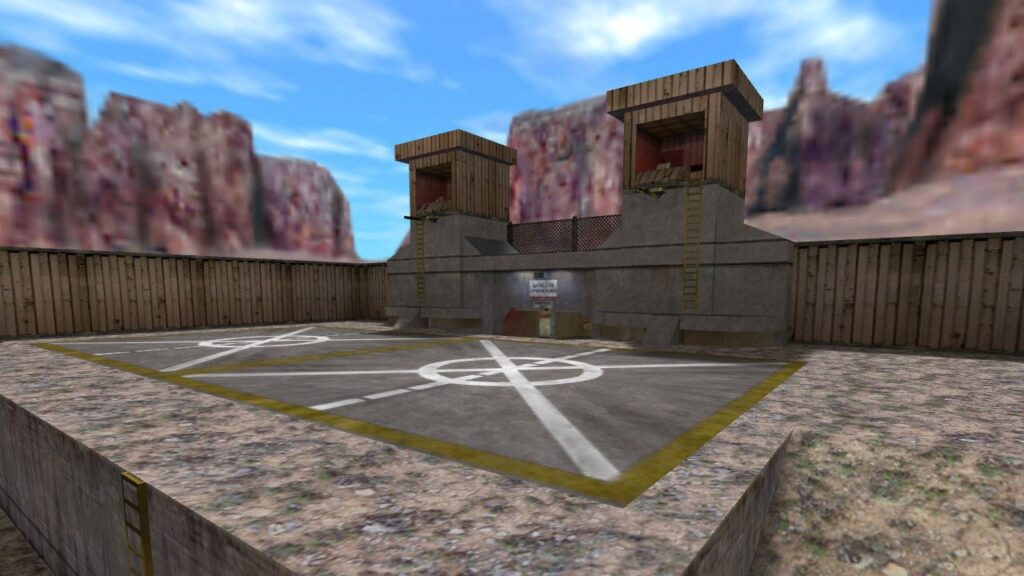
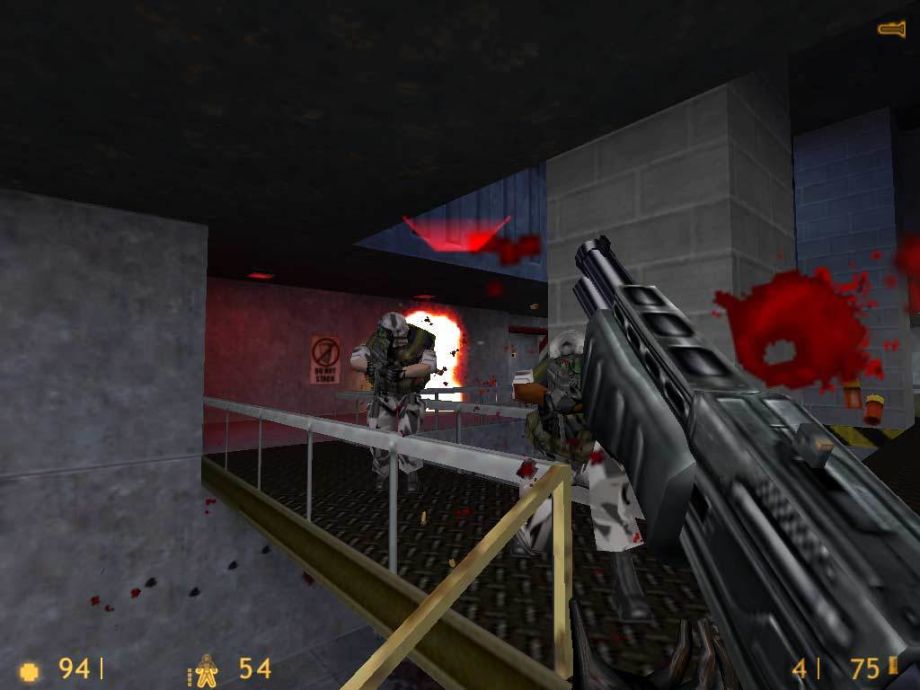
However you play Half-Life, there’s no doubt about the fact that the level design was extraordinary at the time, abandoning the worn-out concept of blue, red, and yellow keys and introducing creative solutions, environmental interactions, and NPCs as an active part of the gameplay – something never seen before in other renowned games of the same genre. The Pit, Surface Tension, and Xen are still a testament to exceptional level design. The narrative aspect is probably one of my favorites in the entire production and it completely revolutionized the industry at the time, inventing a grammar that is still imitated today. A silent protagonist, no pre-rendered cutscenes, events seamlessly integrated into the gameplay and level design – if all of this seems normal to us now, it represented an unprecedented revolution in 1998.
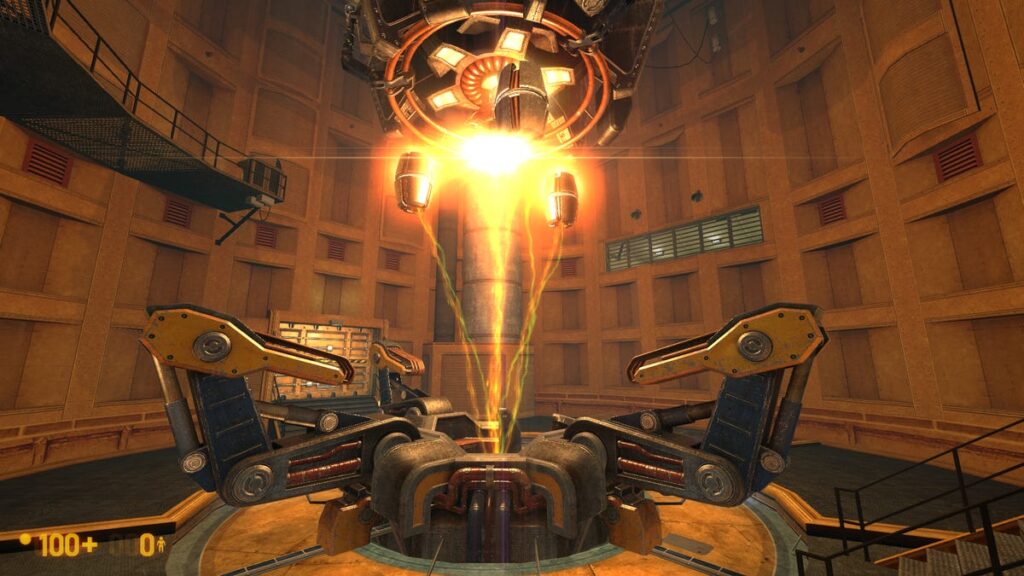
Not even Black Mesa, despite being a commendable remake of the original title, manages to come close to the greatness of Half-Life, and the reason is clear: the sensibility of those who built the gameplay structure of the Valve title was crafted on the common patterns of the 90s and the intention was to break away from them. In 2015 (the year in which the Crowbar Collective began developing the remake), the tropes of boomer shooters had already been surpassed, and by 2020 (the year of release) they were so outdated that they led to the need for new boomer shooters today. That’s why the feeling of ‘seen it all before’ permeates the entire production: Black Mesa lacks of the passion to renew the genre.
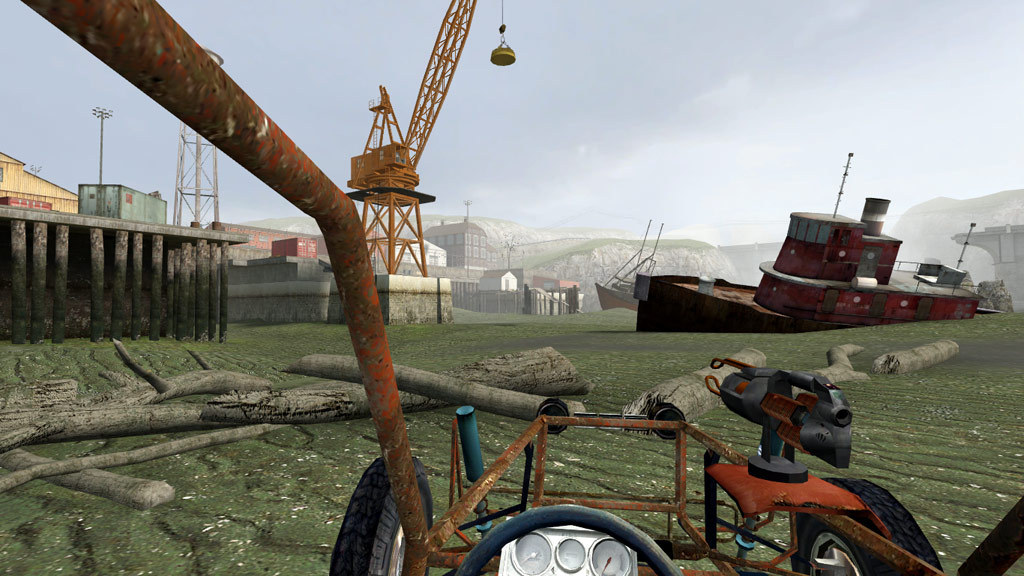
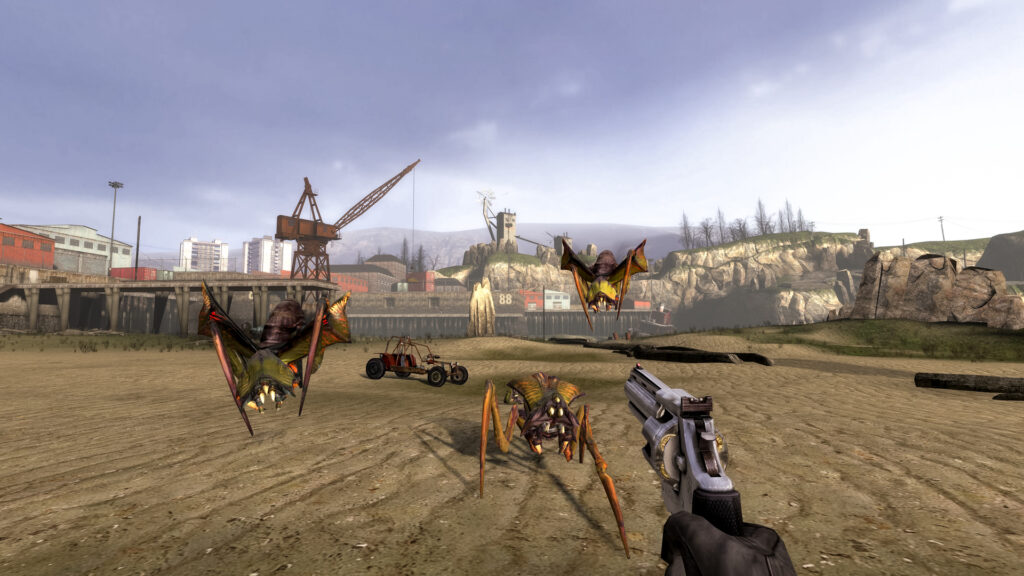
As demonstrated by Crowbar collective and many other Half-Life modders, its world-building and the story events still captivate millions of players today, even though the saga struggles to continue. Yes, because Half-Life was so groundbreaking that the success of its magnificent sequel became an unprecedented boost for the launch of the digital store giant that still dominates the PC gaming market today, namely Steam. It’s not hard to imagine how overwhelming the hype for a hypothetical third installment would be, considering the effort involved in maintaining Steam. Okay, we had Half-Life: Alyx, my personal GOTY of 2021, which made me scream like a little girl with heart-shaped eyes several times during my first playthrough with a VR headset. But it wouldn’t be realistic at the moment to manage the expectations for a regular new installment, considering the predictable toxicity of the fandom and the developers’ desire to achieve a leap similar to, if not greater than, what Half-Life 2 represented in the gaming industry.




